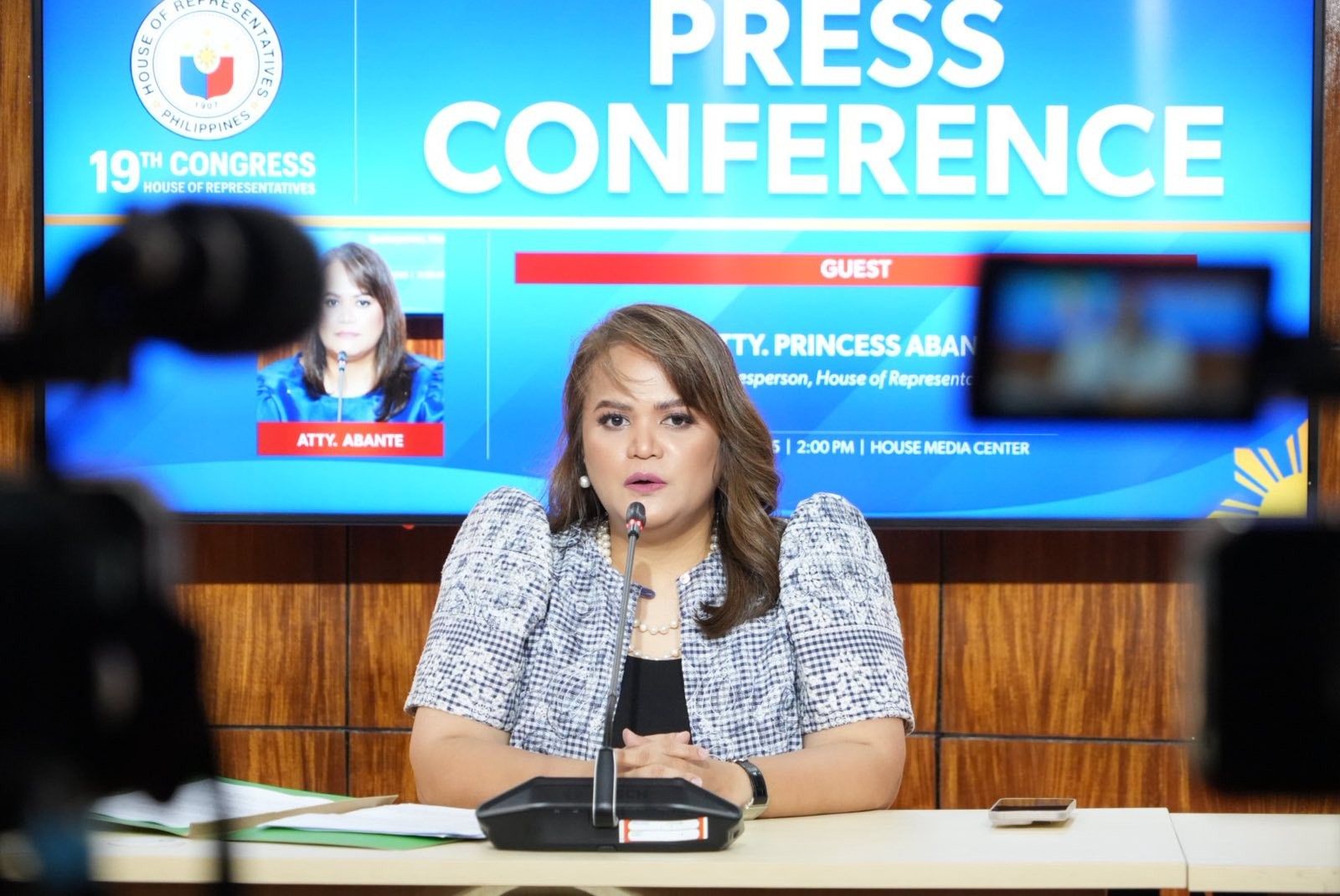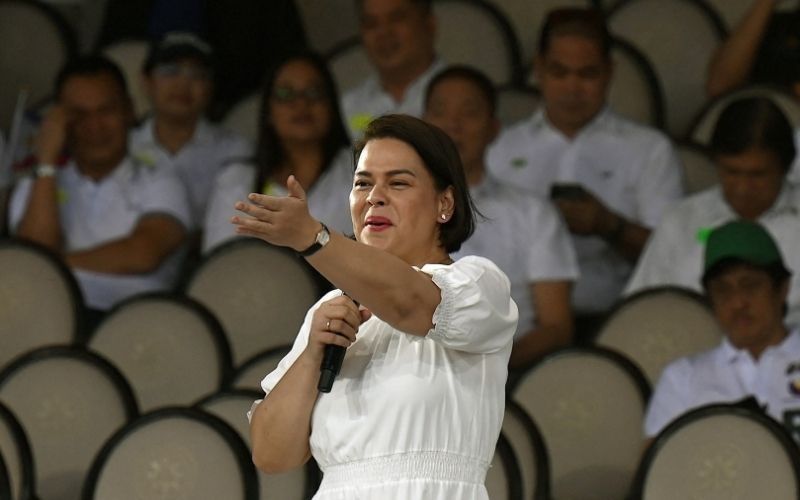
Upgrade to High-Speed Internet for only ₱1499/month!
Enjoy up to 100 Mbps fiber broadband, perfect for browsing, streaming, and gaming.
Visit Suniway.ph to learn
A customer counts Philippines peso notes after trading his US dollars for Philippine pesos in Manila on September 8, 2015.
AFP / File
MANILA, Philippines — Do you receive a copy of your payslip every time your salary is deposited into your payroll account? If not, that absence could be used as evidence in cases involving alleged labor violations.
In a statement on Friday, June 20, the Supreme Court said it has ruled that employers must issue payslips to prove employees were actually paid their salaries.
The case stems from a 2001 complaint filed by 49 pilots of the Philippine Airlines (PAL) whose employment was terminated after they held a strike in 1998 against PAL’s unfair labor practices.
In 2013, the Court of Appeals ruled that the Philippine Airlines (PAL) failed to prove it had paid the salaries, allowances and 13th month pay of its former employees.
The Supreme Court upheld the appellate court’s ruling this year, with Chief Justice Alexander Gesmundo affirming that:
“An employer with a bank crediting arrangement for its employees’ salaries and benefits may prove payment of the same by submitting evidence that it transmitted a copy of the payroll or advisory to the bank, and that such was duly received by the latter.”
What happened?
PAL attempted to prove payment by submitting a payroll listing and 13th month pay register, but failed to provide bank receipts to confirm that they deposited the salaries and bonuses in the bank.
According to the high court, the Labor Arbiter and the National Labor Relations Commission (NLRC) accepted the payroll documents submitted by PAL. However, the Court of Appeals later reversed this finding, ruling that the documents were insufficient to prove actual payment.
"The SC upheld the CA's decision, emphasizing that payroll records and vouchers can only be considered strong proof of payment if they clearly show that the employees actually received the money and when the payment was made," the statement read.
The Supreme Court explained that bank-based salary payments undergo three stages:
- The employer prepares the payroll.
- The employer submits the payroll to the bank.
- The bank credits the salaries to the employees' bank accounts.
Since the third stage is beyond the employer's control and falls solely under bank operations, the Supreme Court said the least employers can do to prove payment is to present evidence of the second stage.
This means employers must provide bank receipts showing that salaries, bonuses and allowances were received by the bank for crediting.
"The submission by the employer of the payroll or bank advisory or the acknowledgment receipt by the bank constitutes substantial evidence of payment of the employees' salaries and monetary benefits," the Supreme Court's decision read.
The high court stressed that the burden is on the employer to prove that they paid the salaries and monetary benefits of their employees.
At that point, the onus falls on the employees to disprove payment by presenting evidence from their own bank accounts that the funds were not deposited.
The Supreme Court’s decision in the case between PAL and its former pilots was promulgated on April 7, 2025.

 6 hours ago
2
6 hours ago
2



